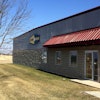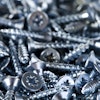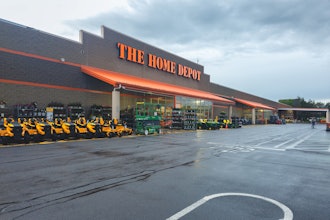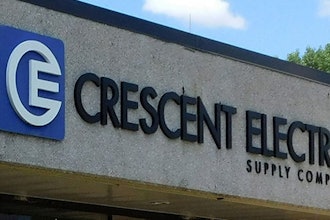WASHINGTON (AP) — Stronger demand for aircraft and autos likely pushed orders to U.S. factories up at a solid pace in July.
Economists surveyed by FactSet expect factory orders increased 1.8 percent in July, marking a rebound following a gloomy spring. The Commerce Department is scheduled to release the July report at 8:30 a.m. Eastern time on Wednesday.
In June, factory orders dropped by 0.8 percent as high energy prices and supply disruptions caused by natural disasters in Japan slowed U.S. manufacturing along with the broader economy.
Manufacturing had been one of the strongest areas of the economy since the recession ended. But economists are worried that the overall economic slowdown will crimp consumer demand and cause factories to cut back on production and hiring.
A preliminary report last week covering just durable goods showed a rebound in July with demand rising 4 percent. That estimate for durable goods will be revised Wednesday and the government will also report on orders for nondurable goods, products such as chemicals and paper that are not expected to last as long as three years.
The durable goods report showed that a key category that tracks business investment plans fell 1.5 percent in July — the biggest drop in six months.
That raised concerns that businesses are pulling back on spending.
Economists are worried that the turmoil in the stock market in August could cause businesses and consumers to pull back further.
The economy grew at an annual rate of just 0.7 percent in the first six months of this year, the weakest performance since the recession ended two years ago.
Markets became more turbulent over the last month as Europe's debt crisis intensified and U.S. lawmakers fought over raising the nation's debt limit, agreeing to increase it on Aug. 2 just hours before a potential default.
The prolonged debate over the debt ceiling led Standard & Poor's to lower its rating on U.S. long-term debt for the first time in history.
A handful of reports showed that growth picked up at the start July-September quarter. In July, consumer spending rose by the most in five months and the economy created twice the number of jobs as in each of the previous two months.
Still, consumer confidence in the economy plunged in August to a two-year low, according to a report Tuesday from the Conference Board.
Many economists have been lowering their estimates for growth in the second half of this year with some forecasting growth at around 1 percent, only slightly better than the first six months and far below the pace needed to make a significant on unemployment.
The Federal Reserve at its Aug. 9 meeting took the unprecedented step of pledging to hold interest rates near zero for another two years if economic growth remains weak.
Minutes of those discussions released Tuesday showed that some Fed officials were pushing for a more aggressive response but settled on the two-year pledge and an agreement that the Fed would explore other options at their next meeting in September.
That session has been expanded from one to two days to provide more time to discuss options.


















